FXCM – a reliable forex broker or not? Licenses, reviews, spreads, fees (2025)
FXCM is an international forex broker with 20+ years on the Forex and CFD markets. Over this period the company has been through serious tests and has retained the reputation of a widely recognized name in online trading. This FXCM review takes a close look at the broker’s offering: trading conditions, platforms, reliability and regulation, real trader opinions on FXCM, and how it compares with competitors.
I often see beginners make the same mistakes when choosing a broker. New traders get swayed by ads and promises of quick profits and forget to check what matters most — broker reliability and order execution quality. Speaking as someone with 11 years of Forex/CFD trading, experience shows that a long history and strict regulation generally inspire more trust. FXCM fits that profile. Founded in the late 1990s, the company has weathered market booms and busts. Let’s see what lessons clients — and the broker — have taken from that journey.
Contents
- FXCM at a glance
- FXCM pros and cons
- Reliability, licenses, and safety
- Trading conditions and account types
- Fees and spreads
- Trading platforms
- Tradable instruments (markets and products)
- Account opening and maintenance
- Funding and withdrawals
- Education and research
- Customer support
- Trader reviews of FXCM
- Alternatives to FXCM (competitor comparison)
- FAQ
- Conclusion
FXCM at a glance
Founding year and history: FXCM (Forex Capital Markets) began operating in 1999. The company originated in the U.S. and quickly became a pioneer of retail online forex trading. In the early 2000s FXCM expanded globally, giving traders online access to the currency market. A key milestone was the IPO: in 2010 FXCM went public on the New York Stock Exchange (ticker $FXCM). That reflected the scale and transparency of the business at the time. There were difficult moments too: in 2015 the abrupt surge of the Swiss franc inflicted large losses. FXCM avoided bankruptcy thanks to financing from Jefferies Financial Group (formerly Leucadia National) — ultimately bringing FXCM under a major financial holding, strengthening its resilience. Another chapter was the 2017 exit from the U.S. market after CFTC claims about order execution practices. After paying fines and reorganizing, FXCM focused on serving clients in Europe, Asia, Africa and other regions, staying away from the U.S. market. Today the FXCM brand operates internationally under the Jefferies umbrella, staying true to its specialty — providing access to Forex and CFDs worldwide.
Geographic footprint: Today FXCM operates globally, serving clients in dozens of countries. The broker has several legal entities for different regions:
- FXCM Group is headquartered in London and covers clients in Europe and the UK (via FXCM UK).
- FXCM Australia (FXCM AU) works with traders in the Asia‑Pacific region, including Australia.
- FXCM South Africa (FXCM ZA) serves the African region.
- There are also entities or partners in Canada (for Canadian clients), Israel, Cyprus, and others. Through its Cyprus company FXCM can provide services to EU clients alongside the UK license.
- For international clients outside strict regulatory zones, there is the offshore entity FXCM Markets (registered in Saint Vincent and the Grenadines). It allows traders from various countries (where local law permits) to open accounts with more flexible conditions, such as higher leverage.
Note that FXCM does not provide services to U.S. residents and a number of other countries where it lacks the relevant license. For example, there is no official presence in Russia or some CIS states; those who open accounts do so via international entities at their own jurisdictional risk. Still, FXCM’s reach is substantial: the broker has offices or representation in the UK, Australia, South Africa, Canada, China, Germany, France, Italy, Greece, Israel and many more.
Regulation: licenses and oversight. FXCM emphasizes its adherence to strict regulation. The broker holds multiple licenses from leading authorities:
- FCA (United Kingdom) — license for FXCM LTD from the UK Financial Conduct Authority, one of the top regulators, enforcing capital, reporting, and client‑protection rules.
- ASIC (Australia) — license from the Australian Securities and Investments Commission for FXCM Australia, known for strict oversight of retail forex brokers.
- CySEC (Cyprus) — license from the Cyprus Securities and Exchange Commission, enabling FXCM to serve the European Union (post‑Brexit, CySEC helps cover the EU).
- FSCA (South Africa) — license from South Africa’s Financial Sector Conduct Authority, broadening FXCM’s presence in Africa.
- CIRO / IIROC (Canada) — membership with Canada’s industry regulator (the unified successor to IIROC), enabling service to Canadian traders via partnership.
- ISA (Israel) — license from the Israel Securities Authority for the local market.
- SVGFSA (Saint Vincent and the Grenadines) — registration of the offshore entity. While not a strict regulator, this status gives FXCM flexibility to serve global clients (e.g., higher leverage), but client funds there aren’t covered by top‑tier protection schemes.
In short, FXCM operates in 7+ jurisdictions, combining top‑tier oversight (FCA, ASIC, CySEC) with presence in other regions. For traders this means multiple independent bodies monitor the broker, which must maintain high standards in financial reporting, client fund segregation, and operational transparency.
To illustrate the scale: FXCM is part of publicly traded Jefferies Financial Group, a multi‑billion‑dollar company. The broker counts hundreds of thousands of client accounts worldwide and keeps rolling out new trading technology. Next — key strengths and weaknesses.
FXCM pros and cons
No broker review is complete without weighing strengths and weaknesses. Below are the main advantages and drawbacks of FXCM from a trader’s perspective:
| Advantages of FXCM | Disadvantages of FXCM |
|---|---|
| Low entry threshold — minimum deposit is just $50, letting you start with a small bankroll. | Limited product set — the broker offers CFD trading only; you can’t directly buy stocks or ETFs (only their CFD counterparts). |
| Variety of platforms — MetaTrader 4, proprietary Trading Station, TradingView integration, ZuluTrade copy trading, and more. | Bank wire withdrawal fee — wire payouts carry a charge (about $25–40), which is inefficient for small amounts. |
| Regulated by reputable authorities (FCA, ASIC, CySEC, etc.), client funds are segregated; UK clients have FSCS protection (up to £85k). | Inactivity fee — if you don’t trade for 12 months, a $50 annual fee applies to an inactive account. |
| Financial strength — FXCM belongs to Jefferies, a large financial holding, which boosts confidence and liquidity in stress events. | Website/support languages are limited for some locales; certain users may find localization lacking. |
| High‑quality execution — NDD/STP model, deep bank liquidity, low slippage and no requotes. | No MetaTrader 5 and no 2FA — MT5 isn’t offered, and Trading Station currently lacks two‑factor login. |
| Education and research — daily analysis, webinars, FXCM Plus signals, and a beginner‑friendly content library. | Regional access constraints — FXCM doesn’t serve clients from the U.S., Russia and several other countries, limiting availability. |
As you can see, FXCM’s strengths center on reliability, technology and trader comfort: small starting deposit, multiple platform choices, strong oversight and solid research support. The drawbacks concern scope and extras: a CFD‑only lineup, a few fees, and the lack of MT5. Overall the upsides outweigh the downsides — especially if you value a broker with a proven track record. Now, the details.
Reliability, licenses, and safety
A broker’s reliability directly impacts your peace of mind: will your capital be protected and will the company honor its obligations? Here’s why FXCM can be considered a comparatively safe choice.
Regulators and oversight. As noted, FXCM holds licenses from respected regulators — FCA, ASIC, CySEC, FSCA and others. This implies the broker:
- Maintains sufficient own capital (to cover operational risks).
- Undergoes audits and files financial reports with regulators.
- Complies with client fund segregation: trader money is kept separately on dedicated bank accounts. If something happens to the broker, client assets aren’t mixed with corporate funds.
- Participates in compensation schemes: for FXCM UK clients, FSCS may compensate up to £85,000 if the broker fails.
- Meets strict standards for order execution, risk disclosure, and AML/KYC.
Client fund safety. FXCM states that all retail deposits are held in segregated accounts at major banks. In practice, if you deposit $1,000, those funds sit on a separate trust account and aren’t used for the broker’s operations or hedging. In addition, regulators require participation in compensation mechanisms: besides the UK’s FSCS, Australia and Cyprus have their own frameworks (ICF up to €20k in Cyprus). Negative Balance Protection applies to EU/UK retail clients (and in several other regions), meaning you won’t go below zero even in extreme market moves.
Reputation and incidents. FXCM isn’t flawless — a couple of high‑profile episodes are worth knowing:
- Swiss franc shock (January 15, 2015) — the Swiss National Bank removed the EUR/CHF peg, sending CHF soaring within minutes. Many traders fell into negative balances, and brokers suffered massive holes. FXCM took about $225m in losses while covering clients’ negative balances and was on the brink. The company obtained a $300m emergency loan from Leucadia (owner of Jefferies). This helped honor obligations — no client lost funds due to the broker’s failure — but shifted ownership: FXCM effectively came under its creditor’s control. The debt was gradually repaid, and today FXCM is part of Jefferies. The upside: a powerful financial backer increases confidence.
- CFTC claims (2017) — the U.S. regulator alleged FXCM misled clients regarding conflicts of interest in execution. The matter was settled with a ~$7m fine, and FXCM voluntarily exited the U.S., selling its client base to Gain Capital. Since then FXCM has focused on other regions, refreshed leadership, and operates transparently. No major scandals have hit the brand in recent years.
Financial stability. Since 2018 FXCM has belonged to Jefferies Financial Group (NYSE: JEF), a large U.S. investment holding. That’s a meaningful plus: with more than $10bn in equity, the parent can support the broker with liquidity if needed. In other words, the odds of a sudden collapse are lower than with fly‑by‑night outfits. FXCM also publishes some metrics: for example, around 2020, average order execution time was 28 ms, with 60%+ orders filled with no slippage, and when slippage occurred it was positive roughly half the time (i.e., price improvement). These company‑reported figures indicate robust technology.
Reliability verdict: FXCM is a high‑trust broker by industry standards, with a long history and multiple top‑tier licenses. It survived major stress events and now sits within a large financial group. Client money is protected by segregation and insurance; the company strives for transparency (publishing execution stats, liquidity disclosures). No broker can offer a 100% guarantee, but FXCM looks like a safe harbor for traders who prioritize funds protection.
Trading conditions and account types
Let’s move to what matters most in practice — the conditions you trade on: account types, minimum deposit, leverage and more.
Account types: FXCM keeps the lineup straightforward:
- Standard Account — the default option for most traders. No per‑trade commission; the broker’s revenue comes from the spread. Spreads are therefore a bit wider than on institutional‑style accounts, but the cost model is simple. A good fit for newcomers and those who prefer easy cost calculation.
- Active Trader Account — a premium account for high‑volume traders. Typically requires funding of at least $25,000 or equivalent. Benefits: reduced (near‑institutional) spreads plus a per‑lot commission. FXCM’s Active Trader pricing is competitive — about $25 per $1m notional (i.e., $5 per standard lot per side). The all‑in cost (spread + commission) is lower than on Standard for larger volumes. Extras include a dedicated manager, priority support, deeper market access (DMA) and potential rebates at certain volumes.
- FXCM demo account — a free way to test platforms and conditions. Open a demo on the website, get a virtual balance (typically $50,000 by default) and trade a live‑market simulation. Demos aren’t initially time‑limited, but accounts inactive for 30+ days may be disabled — you can always open a new one.
Special options:
- Islamic account — available to clients who require swap‑free trading. FXCM’s Swap‑Free option removes overnight swaps and applies a small spread markup (about +0.4 pip on Standard) or a fixed fee (around $2 per lot per night). Request via support after opening a standard account.
- Joint and Corporate Accounts — multi‑holder and company accounts are supported; trading conditions are the same, with different paperwork.
- Spread Betting Account — for residents of the UK and Ireland. Functionally similar to CFDs but with potential tax advantages in the UK. Offered via FXCM UK on the same platform.
Minimum deposit: On the standard account you can start from $50. That’s a low entry bar — many competitors ask $100 or more. FXCM also accepts EUR, GBP, CHF, JPY and other bases; the minimum is roughly the $50 equivalent (e.g., ~€50, ~£50). Active Trader requires much more (≈$25k).
Leverage: Available leverage depends on the entity under which you open the account:
- EU/UK/Australia (FCA, CySEC, ASIC) — capped at 1:30 on major FX pairs (1:20 on others), per retail protection rules.
- FXCM South Africa (FSCA) — up to 1:400 on Forex. In some cases, if equity exceeds ~$20,000, FXCM may automatically reduce maximum leverage to 1:100 for risk control.
- Offshore (FXCM Markets, Saint Vincent) — historically up to 1:500 and sometimes cited higher. In practice, 1:400 is already substantial for most traders.
- Crypto leverage is much lower: usually 1:2 or 1:4 due to volatility.
You can request lower leverage if you want to reduce risk. Remember, margin trading amplifies both profit and loss; using the maximum is not recommended for beginners. FXCM offers risk tools and calculators, and notes that Negative Balance Protection prevents you from owing money to the broker (for retail clients in EU/UK and similar regimes).
Orders and execution: FXCM uses an NDD/STP model (No Dealing Desk/Straight Through Processing), routing orders to external liquidity providers. Execution is market‑based: fills occur at the best available price, which can differ slightly from the quote (positive or negative slippage). Company stats suggest frequent price improvement. Negative balance protection (for retail in regulated regions) and risk tools (stop loss, trailing stop, and on some instruments guaranteed stops for a fee/under conditions) are available.
In brief, FXCM trading conditions:
- Min. deposit $50 on Standard.
- Account currencies: USD, EUR, GBP, JPY, CHF, AUD, etc. (RUB and UAH not supported).
- Leverage: from 1:30 (EU/UK) up to 1:400 (global). You can opt for less.
- Lot sizes: from 0.01 lot on MT4 or 1k units on Trading Station (micro‑lot). No cent accounts, but micro sizing is available.
- Execution: market, NDD, no requotes.
- Negative balance protection: yes for retail clients (per EU/UK rules).
- Spread type: variable (floating). FXCM does not offer fixed spreads.
Next we’ll examine costs — spreads, commissions, and swaps — to gauge overall value.
Fees and spreads
Trading costs are a key factor when choosing a broker. Here’s what you’ll pay with FXCM — and whether there are hidden charges.
Spreads on core instruments: FXCM’s spreads are competitive, though not the lowest, on FX and CFDs. On the standard (no‑commission) account, costs are in the spread. According to analytical sources, the average EUR/USD spread at FXCM is about 1.1 pips (roughly in line with the market average). GBP/USD is around 1.2 pips, USD/JPY ~1.1 pips, AUD/USD ~0.7 pips. Exotic pairs are wider (e.g., USD/ZAR). Metals: XAU/USD (gold) ~30–35 cents, XAG/USD (silver) ~3 cents.
For context, the industry average on EUR/USD is ~1.2 pips; FXCM at ~1.1 is a touch better. GBP/USD averages ~1.6 vs ~1.2 at FXCM — notably tighter. EUR/JPY ~2.0 market average vs ~1.7 at FXCM — also solid. Some rivals advertise 0.5–0.8 on EUR/USD without commission (e.g., Exness on promo accounts, or ECN with a commission). Overall, FXCM’s spreads are moderate: not rock‑bottom, not expensive. In peak hours they can compress to 0.5–0.8 on EUR, and widen at night to 1.5–2 — normal dynamics.
Turnover commissions: None on Standard. On Active Trader, a commission applies but spreads are minimal (near‑zero). A typical Active Trader setup: EUR/USD spread from 0.2–0.4 pips plus $5 per lot per side (≈0.5 pip in value), for an all‑in of ~0.7–0.9 pips — cheaper than the ~1.1 on Standard. With higher volume, FXCM may cut the commission to $4 or $3 per lot. By comparison, XM or ForexClub often charge ~$6–$8 per lot on similar accounts, so FXCM is attractive for professionals.
Swaps (overnight funding): Holding positions overnight accrues (or pays) swap, depending on interest‑rate differentials (for FX) or underlying costs (for CFDs). FXCM publishes swap rates and updates them with interbank changes. On EUR/USD, for example, shorts may receive a small credit while longs pay; amounts are modest — roughly $5–10/day per lot but vary with rates. Index and commodity CFDs usually have a negative carry. Islamic accounts use an alternative (spread markup or fixed fee) instead of swaps.
Non‑trading fees: Take note of a few items:
- Inactivity fee. If you make no trades for 12 months, FXCM charges $50 annually until the account is active or depleted.
- Withdrawal fees. FXCM doesn’t charge for card or e‑wallet withdrawals (your payment provider may). Bank wires incur a fixed fee — typically $40 (or equivalent). Prefer alternative methods where possible.
- Deposits are free on FXCM’s side (your bank/processor may charge).
There are no hidden fees such as market data subscriptions or monthly platform charges for retail clients. Standard platforms are free. Even TradingView trading is available without an extra broker fee — just link your FXCM account.
Fees summary: FXCM’s pricing looks trader‑friendly overall. Spreads are average to better‑than‑average on several pairs. High‑volume clients can switch to a commission model with ultra‑tight spreads. Swaps are standard, and non‑trading fees are easy to avoid with occasional activity and careful choice of withdrawal method. All‑in costs are comparable to, or better than, rivals like ForexClub (Libertex) or XM — for instance, XM’s standard EUR/USD spread (~1.7 pips) is higher than FXCM’s ~1.1–1.3. Net‑net, FXCM belongs on the cost‑efficient side for traders.
Trading platforms
One of FXCM’s strongest suits is platform choice. The broker supports proprietary and third‑party terminals to match different preferences:
Trading Station — FXCM’s flagship platform, available as:
- Desktop — full Windows app (runs on Mac via emulation). Advanced charting, dozens of indicators, one‑click trading, pending orders (incl. OCO), and built‑in automation (Strategy Trader) in Lua or JavaScript, plus a library of ready‑made strategies.
- Trading Station Web — browser‑based with nearly the same functionality; no installation needed.
- Trading Station Mobile — iOS/Android app with quotes, charts, indicators, order entry and push alerts.
Trading Station is FXCM’s native terminal: multiple panes for quotes, charts and order panels tailored to your workflow.
MetaTrader 4 (MT4). Despite its own platform, FXCM supports the most popular retail terminal:
- Full desktop MT4 (Windows) downloadable from FXCM, with EAs and custom indicators supported.
- MT4 mobile on iOS/Android connected to FXCM servers.
- MT4 MultiTerminal and web versions are available via MetaQuotes.
FXCM’s MT4 links to the same underlying account as Trading Station; you can log in with either. Execution is market‑based and fast. There’s a maximum trade size of 50 lots per order on MT4 (larger orders are split), which won’t affect most retail traders.
Note: MetaTrader 5 isn’t officially offered. Many traders remain MT4‑centric, and FXCM focuses on MT4 plus its own solutions.
ZuluTrade — social/copy trading. FXCM was among the first to integrate ZuluTrade:
- Link your FXCM account to ZuluTrade and browse thousands of strategy providers.
- Pick one or several, set copy ratios and risk limits.
- Their trades mirror on your account (near‑simultaneously).
- Diversify by allocating to multiple strategies.
- Provider rewards are built into a small spread markup on Zulu‑linked accounts; as a copier you just see the final spread.
ZuluTrade can help beginners or busy investors follow vetted strategies — but choose providers carefully using Zulu’s metrics (drawdown, volatility, trade length).
TradingView. FXCM integrates with TradingView so you can:
- Trade directly from TradingView charts by selecting FXCM as your broker.
- Access a huge library of built‑in and community indicators, draw setups, and share ideas.
- Create price alerts and receive notifications synced to your FXCM account.
NinjaTrader. FXCM supports NinjaTrader 8 connectivity for Forex/CFDs:
- Install NinjaTrader and add an FXCM connection (provider: FXCM; enter login/password).
- Quotes and order flow run through FXCM while you use NT8’s advanced analytics and C# automation.
Additional tools:
- FXCM Apps — free/paid add‑ons for Trading Station and MT4 (indicators, order managers, utilities).
- Capitalise.ai — no‑code automation: describe a strategy in plain English and let the system execute it (free for FXCM clients).
- API Trading — REST and Socket APIs for custom apps, bots, and integrations (Excel/Matlab, etc.). Free within fair‑use limits.
- VPS — hosting via partners for 24/5 algo trading near FXCM servers; fees may be rebated at certain volumes.
Platform security: A downside is the lack of two‑factor authentication for Trading Station/MyFXCM at the time of writing. Use strong passwords and keep credentials private. MT4 itself lacks native 2FA as well — standard precautions apply.
Bottom line: FXCM’s platform stack covers virtually every trading style. Prefer MT4? It’s there. Want a modern web experience? Use TradingView or the web terminal. Into copy trading? ZuluTrade. Coding algos? Trading Station, NinjaTrader, or APIs. Few brokers match this breadth; for example, ForexClub focuses on its own Libertex plus MT4, XM offers MT4/MT5, and Doto provides MT4/MT5 and a web app. FXCM’s range is wider and deeper.
Tradable instruments (markets and products)
Let’s see what you can trade with FXCM. The broker specializes in CFDs — contracts for difference — letting you speculate on prices without owning the underlying assets. The categories include:
-
Currency pairs (Forex). FXCM offers about 39 pairs: majors (EUR/USD, GBP/USD, USD/JPY, AUD/USD, USD/CHF, USD/CAD, NZD/USD), minors (EUR/GBP, EUR/JPY, GBP/JPY, AUD/NZD, etc.) and exotics (USD/ZAR, EUR/TRY, USD/MXN, and more). Availability of some exotics may vary by region. Trading runs 24/5 with weekend breaks.
-
Indices (index CFDs). Trade contracts on major equity benchmarks — roughly 13 indices such as:
- US30 (Dow Jones),
- SPX500 (S&P 500),
- NAS100 (Nasdaq 100),
- GER30 (DAX),
- UK100 (FTSE),
- FRA40 (CAC),
- JPN225 (Nikkei),
- HK33 (Hang Seng),
- AUS200 (ASX),
- and others.
Index CFDs are based on futures or spot baskets with leverage (often 1:10 or 1:20 for retail). Spreads are tight: US30 ~2 points, SPX500 ~0.4 points, etc. These are rolling CFDs, so you don’t need to roll to the next futures contract.
-
Commodities. FXCM covers core commodity markets:
- Precious metals: gold (XAU/USD), silver (XAG/USD). Palladium (XPD/USD) and platinum (XPT/USD) may also be offered — check specs.
- Energy: WTI (US Oil), Brent (UK Oil) and natural gas (NatGas) as CFDs linked to front‑month futures.
- Agriculture: several softs like corn, wheat, soy, coffee, sugar, cocoa — via CFDs on the corresponding futures.
- Base metals: copper (Copper) is available.
Total commodities are roughly 9–10. Leverage is typically lower than on FX (around 1:10–1:20). Oil spreads are ~5–6 cents, for example.
-
Stocks (share CFDs). FXCM now also offers equity CFDs, though the list is smaller than at stock‑focused brokers. A highlight is thematic Stock Baskets, e.g.:
- Big Tech Basket — FAANG‑style mix (Facebook, Apple, Amazon, Netflix, Google).
- Cannabis, eSports, Biotech baskets.
- China Technology — Chinese tech majors.
These baskets let you express a sector view without picking a single stock. FXCM also launched trading in selected U.S. shares via CFDs (FXCM Stocks) — around 100 popular names like Apple, Tesla, Amazon, Microsoft, Google, Boeing, JPMorgan, etc. They trade during NYSE/Nasdaq hours with leverage up to 1:5 for retail and 0% commission (costs in spread).
Coverage of European/Asian shares is limited. If your strategy needs broader stock access, FXCM may not be the first choice — but for top U.S. names it works, especially with leverage.
-
ETFs. Some sources note CFD access to a few ETFs (e.g., GLD, SPY), though the official site doesn’t list ETFs as a separate category. The main focus remains indices and baskets.
-
Cryptocurrencies. FXCM offers crypto‑CFDs including:
- Bitcoin (BTC/USD),
- Ethereum (ETH/USD),
- Litecoin (LTC/USD),
- Bitcoin Cash (BCH/USD),
- Ripple (XRP/USD),
- and CryptoMajor — a basket (BTC, ETH, LTC, BCH, XRP) with equal weights.
Crypto‑CFDs aren’t available everywhere: UK retail clients, for example, are banned from crypto derivatives. Leverage is limited (2x–4x), trading runs 24/7 with brief maintenance pauses. Spreads are wider than on FX (e.g., BTC/USD $30–40, ETH $3–4), offset by no commission.
-
Spread Betting (UK/IE). As noted, the same instruments are offered in spread‑bet format for eligible residents.
Assessing breadth: FXCM covers the core asset classes most traders need — FX, indices, commodities, crypto — with hundreds of individual symbols if you include all pairs and shares. Some competitors list more, especially in stocks (e.g., XM offers 1,000+ instruments; ForexClub/Libertex has hundreds of shares and many ETFs; Doto features 130+ instruments including U.S. stocks). FXCM trails the widest menus in equities but adds original baskets and a crypto index many rivals lack. For FX and index traders, the selection is more than sufficient; for niche international equities, consider a stock‑specialist broker.



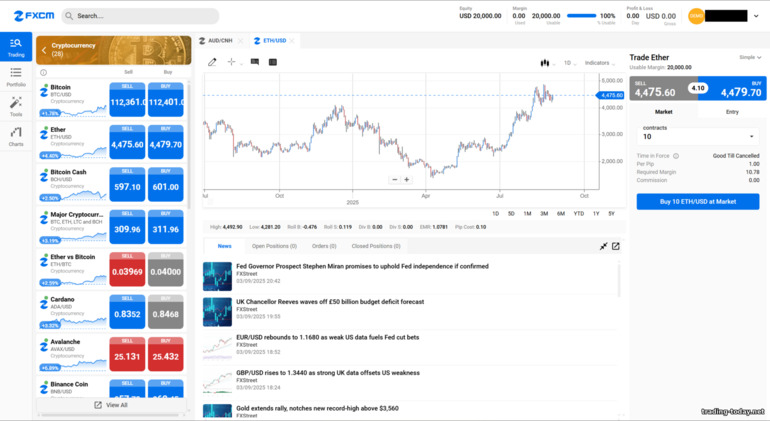
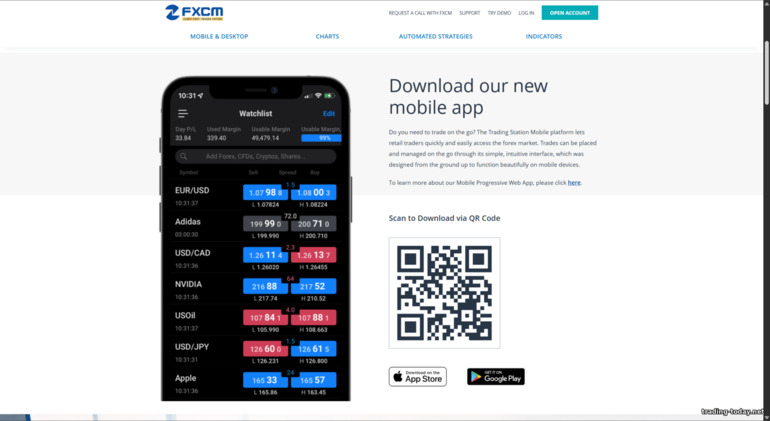
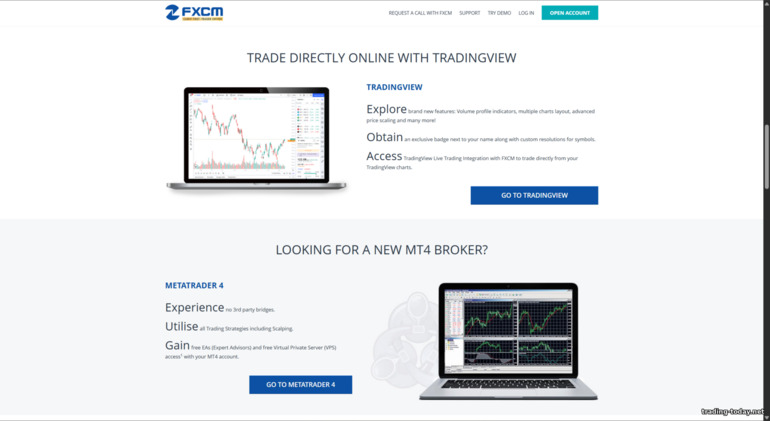
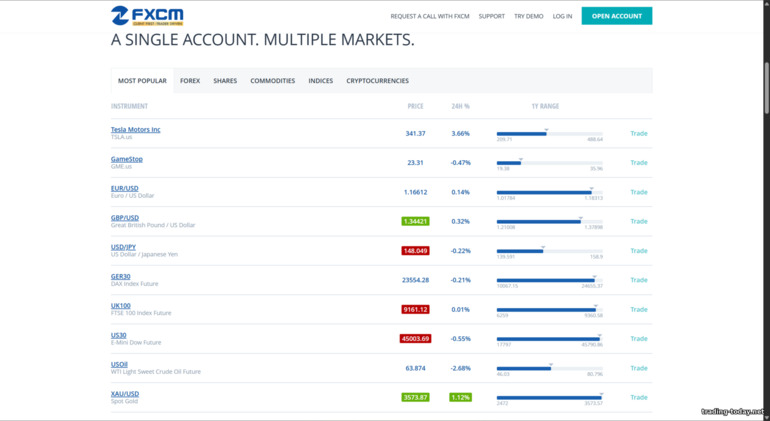
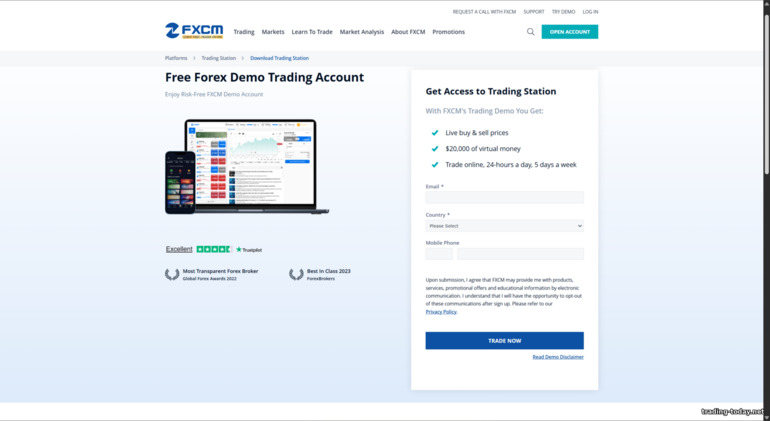
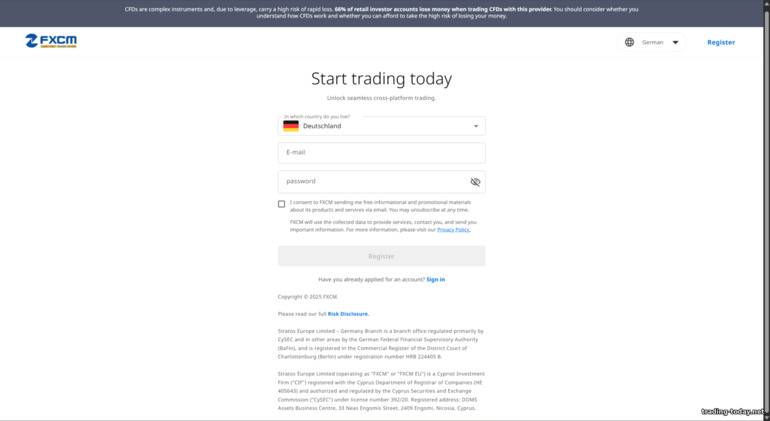
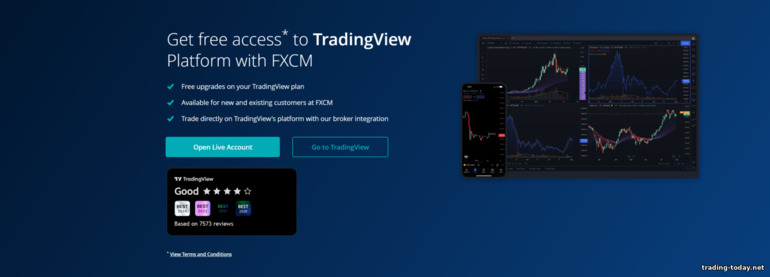

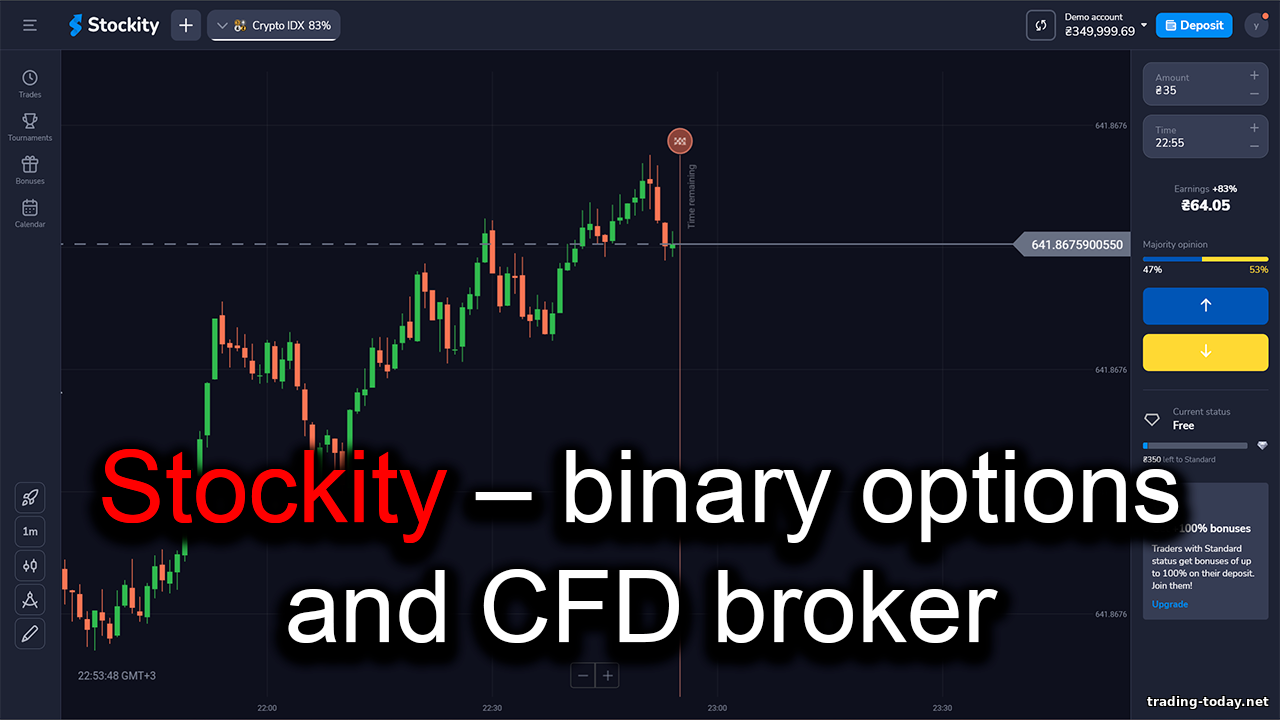


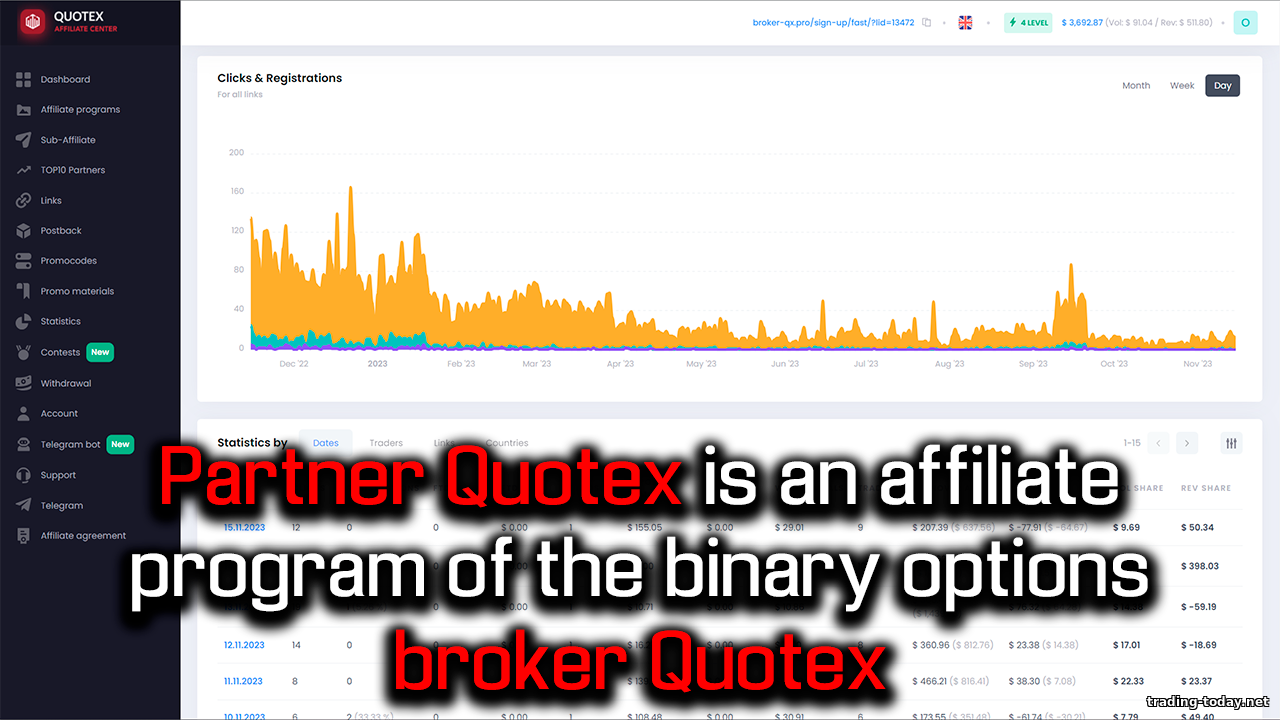


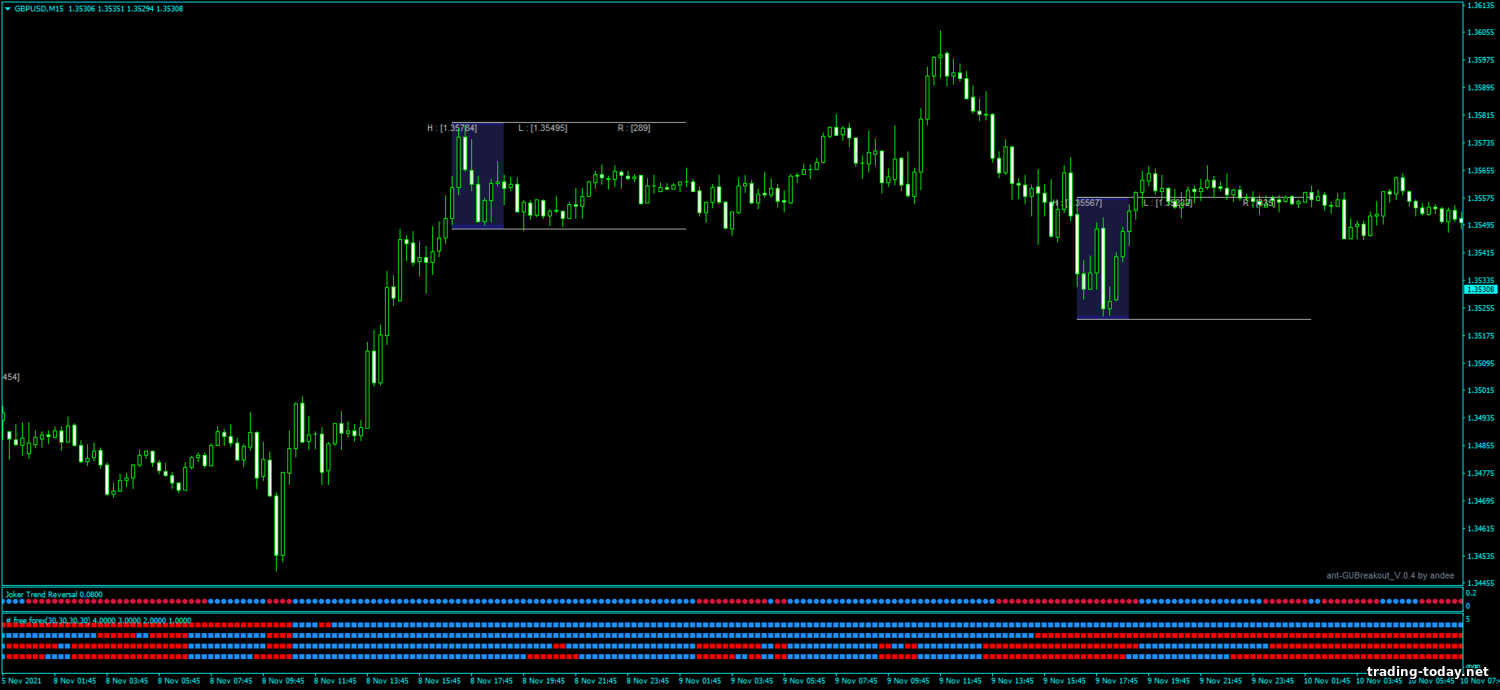

Reviews and comments